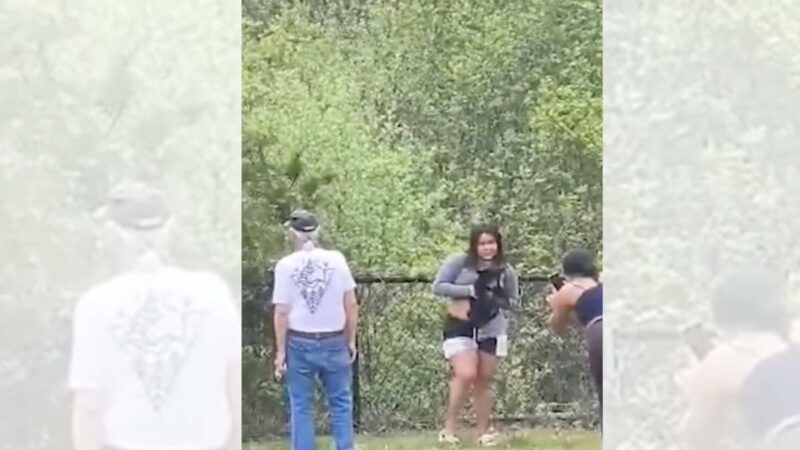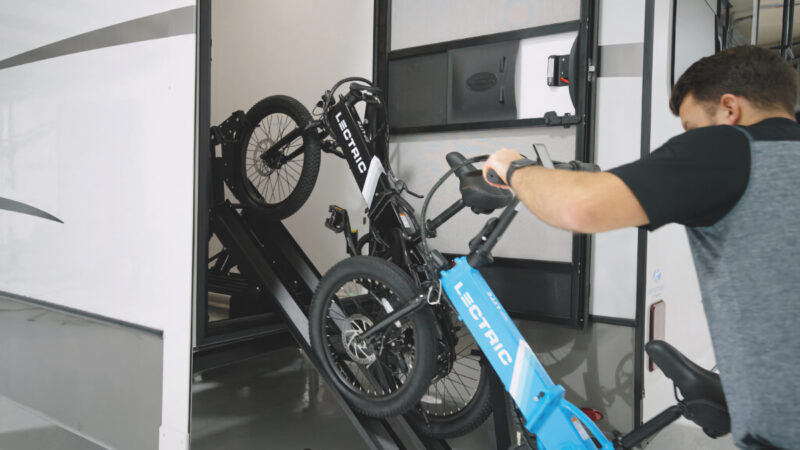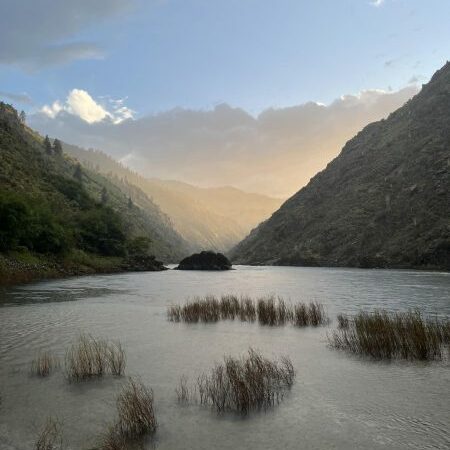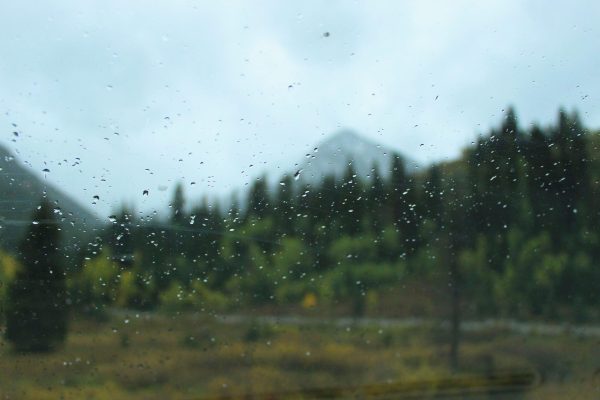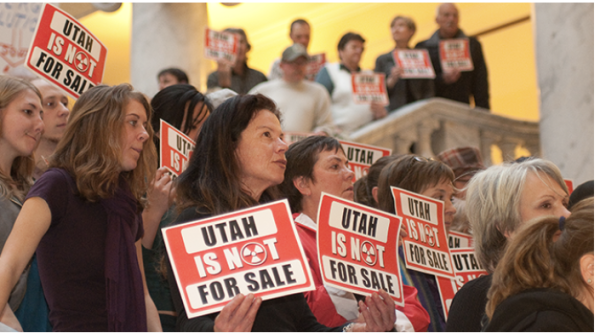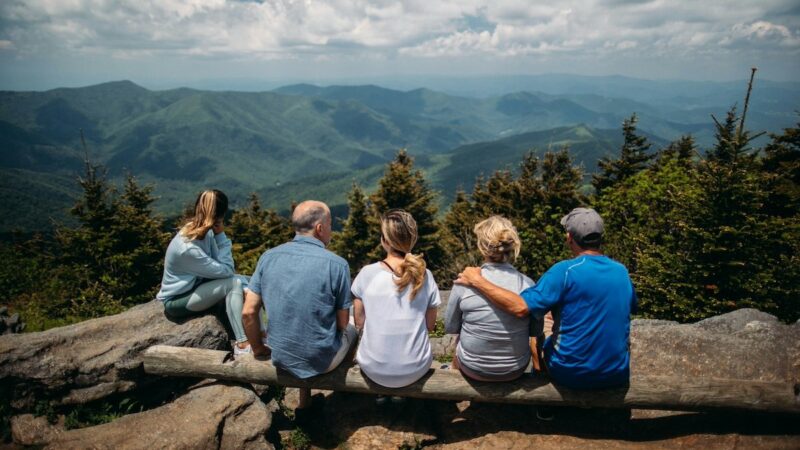Lessons from a Fatal Eccentric: Solo Travel in the Backcountry
“I travel in wild country a great deal, often alone, and my friends find this to be fatally eccentric, although they use the more polite term ‘stupid.’ They feel sorry for me because I miss the fun of camping in groups, same-sex or mixed. Perhaps I am too cranky to know any better. I go afield to calm myself, to sort out the demonic squirrels in my head, a self-indulgence that lasts about thirty seconds, or as soon as the first petroglyph or curve of canyon wall comes into view or a ravenous swarm of gnats eats my entire skin or heatstroke finishes off what the lobotomy began. Then I succumb to pure sensation. I try to notice how the desert is put together, with the expectation that if I look hard enough the land will open up to me, spilling an endless stream of color, light, and living things in bright ecstasy.” – Ellen Meloy, The Anthropology of Turquoise
Every time I stand on the side of the road and stick my thumb out, I think about the first time I heard of hitchhiking. I was eight years old on a big trip with my dad from our home in Virginia to California for my aunt’s wedding. We were driving a portion of the Pacific Coast Highway and, at a gas station, a young, bohemian sort of woman in a long skirt approached my dad and asked for a ride. I suspect she saw me in the car and this reassured her somewhat that we would be a safe option. Unfortunately, we were traveling in the other direction.
When my dad got back in the car, I asked what the young woman was doing and he tentatively explained the concept of hitchhiking with the firm disclaimer that it was very dangerous and I must never do it.
Yes, I think about this every time I stand on the side of the road with my thumb up, hoping for a ride from town to trailhead or trailhead to town.
Over this fall break, I hiked the Uinta Highline Trail alone from east to west. The trail is one-hundred miles, beginning in the mountains north of Vernal and ending not far from Mirror Lake in the western Uintas near Salt Lake City. In many years, this would be far too late in the season to hike above 10,000ft, but with the hot summer making its sluggish departure this year, the mountains were still accessible, if a bit chilly. The late season also meant that I was one of the only hikers out on trail and, aside from a few hunters at a distance, I saw and spoke to no one until the last day of my five-and-a-half day backpacking trip. In lieu of human companions, I traveled with the words of Ellen Meloy instead, bundling up in my sleeping bag each night to read her books The Anthropology of Turquoise and Eating Stone. In the silence of my solo campsite, her reflections as a frequently solo female traveler struck a particular resonance.
I’ve been traveling alone internationally and in the backcountry for more than a decade. There are real risks to this. When you’re a young, female-presenting person, there are also a lot of people who suddenly have very strong and often dubiously informed opinions of how serious those risks might be. It is never easy to differentiate between real risk, my own perceived risk (or lack thereof), and others’ ideas about what real risk might be. I make a judgement alongside my own risk tolerance, which ebbs and flows with time and can sometimes be a little arbitrary, too. Making my way through the Uintas alone, these are my four biggest lessons from the summation of my solo backcountry experiences.
- You are probably simultaneously the best & worst judge of your own skills. Confidence & humility both have their place. As a young, female-presenting hiker, I often feel caught between others’ skepticism of what I know to be deep, hard-earned backcountry knowledge and a creeping imposter syndrome that makes me wonder if I’ve made it all up. The skepticism sometimes makes me want to take greater risks to prove my capabilities to myself and the imposter syndrome sometimes makes me want to hang back from things well within my experience level. I remember to ask myself questions like: “If I imagine myself needing to ask for help right now, how does that make me feel? Would I have any hesitation?” If the answer is yes, I might be making decisions reactively in a way that could put me at risk. “Is the doubt I’m feeling a response to new and important information?” If not, I might be responding to my own or someone else’s skepticism.
- Everyone’s got an opinion. I can choose to make this chorus of opinions meaningful. Often the voices of concern around me come from family members or friends with little backcountry experience. I value their advice and there have been times when I’ve cancelled or modified a trip when someone who cares about me presented a different perspective. Sometimes the voices of concern also come from strangers, laden with value systems and beliefs I’m not privy to. For example, someone I meet on my way to the trailhead might annoy me when they ask if I have my husband’s permission to be doing this, but then they also provide local insight that helps inform my risk assessment. The chorus has many voices. It’s important, though, to also seek out the voices of those I admire, too. My fellow solo-hikers are an invaluable resource. They often understand my risk management criteria and decision-making process better than anyone. They cheer me on but will also point out my oversights. Sometimes my family might get caught up in a component of my trip that I know, in reality, is not that dangerous, but they don’t have the backcountry experience to know that there’s another aspect of my hike that carries much more real risk that they should be concerned about. My friends who share my values and experiences know what kinds of real risk to look for while also having an intimate understanding of the value and reward of solo hiking to me. Solo hiking does not mean hiking without community support.
- Wilderness medicine is critical. In addition to hard skills, wilderness medicine courses teach you how to make good decisions under less-than-ideal circumstances. I might not be able to perform CPR on myself in a crisis, but I can rely on my training to stay calm, assess the situation, consider my options, and act according to what I think makes the most sense. In a backcountry emergency, this is at least as important as the physical interventions I’m able to make. I refresh my skills often, carry a SPOT device, and keep a well-stocked first aid kit.
- Solving problems is profoundly rewarding. I started traveling solo for practical reasons but I kept doing it because my problem-solving experiences changed my whole orientation to the world. I have had all kinds of run-ins over the years: I’ve encountered moose, bears, and mountain lions that were all way, way, way too close. I’ve arrived at passes I was certain I could never cross. I’ve gotten lost. I’ve encountered weather conditions I didn’t expect. I had no one to defer to. Each time, I eventually made myself out of the situation intact. After every brush with danger, I think carefully about the decisions I made and what I would do differently next time. Some risks are too high, some situations insurmountable, which is why thoughtful, intentional risk is key. However, I’ve also learned that the bounds of my comfortability and capability extend further than I expected and grow each time I manage a situation well, or even not so well! For me, the backcountry itself is good for my mental health in a transcendentalist kind of way, but the practice of being able to navigate through real challenge has been even better.
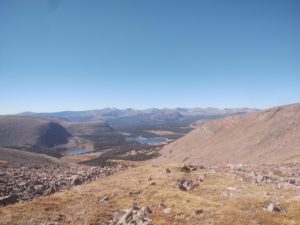
The post Lessons from a Fatal Eccentric: Solo Travel in the Backcountry appeared first on Wasatch Magazine.
Source: https://wasatchmag.com/lessons-from-a-fatal-eccentric-solo-travel-in-the-backcountry/


